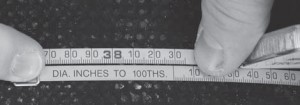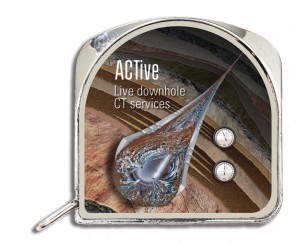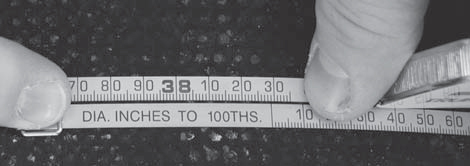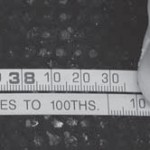
If you need to know the outside diameter of a pipeline, and don’t have an exposed end, this is how you do it. Please click here for a short 2 minute video on this easy task. Let the Lufkin diameter tape do the work for you. There’s no need to use a bulky caliper or micrometer. There is also no need to divide the circumference by pi. A simple pocket-sized diameter tape is all you need. Here is How to measure the diameter of a pipe.












